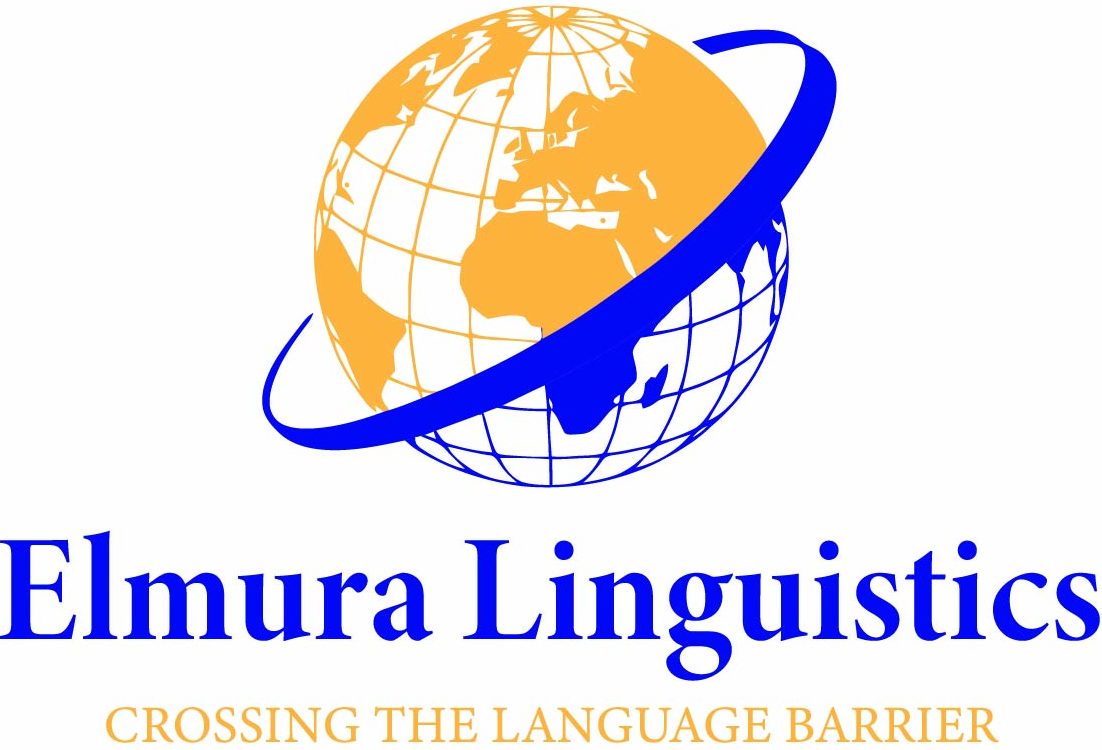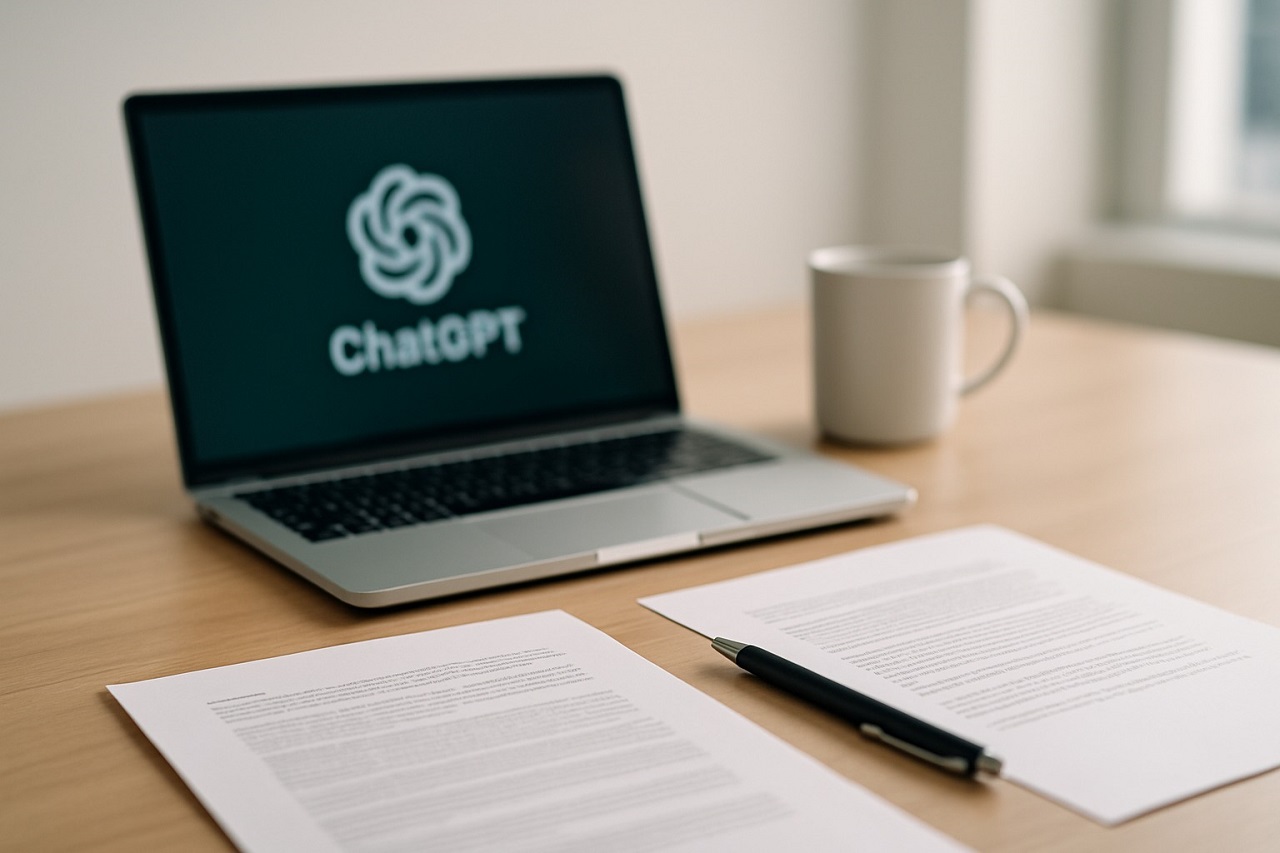As certified language experts offering services in over 200 languages, we understand how often our clients ask about the difference between translation vs transcription. While both processes involve working with language, they serve very different functions in global communication and content delivery.
Whether you’re preparing a multilingual training video, publishing international legal content, or making educational materials accessible, understanding translation vs transcription will help you choose the right solution and avoid costly errors.
Table of Contents
ToggleWhat’s the Key Difference Between Translation vs Transcription?
Transcription captures the spoken word, exactly as heard – in the same language.
Translation changes content into a new language, preserving meaning and context.
For multilingual video content, you often need both.
Here’s a detailed comparison:

When Do You Need Both?
A common scenario in media, education, and business is needing both transcription and translation – especially for multilingual video content.
Example Workflow:
- Transcribe the original audio (e.g., a webinar in Spanish).
- Translate the transcription into the desired language (e.g., English).
- Use the translation for subtitles, dubbing, or localized documents.
This two-step process ensures:
- Accuracy
- Clarity
- Compliance with global accessibility standards
Human Expertise vs AI Tools
The rise of AI tools has made transcription and translation more accessible. However, accuracy, tone, and compliance still require human oversight – especially in regulated industries.

All of our certified translations meet ISO and legal standards. For complex content – legal, medical, technical – relying on professional linguists is non-negotiable.
Compliance and Legal Importance
In fields such as law, healthcare, finance, and government, precision in language is not optional – it’s legally mandated. The choice between translation vs transcription has direct implications for regulatory compliance, liability, and admissibility.

Transcription for Legal and Official Records
- Verbatim transcriptions are often required in court proceedings, depositions, and arbitration.
- Inaccuracies in transcription can result in evidence exclusion, appeals, or compliance violations.
- We provide certified court transcriptions prepared by linguists trained in legal terminology and procedural standards.
Translation for Global Compliance
- Many legal documents, medical records, and financial statements require certified translation for use across borders.
- Regulatory frameworks such as:
- HIPAA (Health Insurance Portability and Accountability Act)
- GDPR (General Data Protection Regulation)
- SOX (Sarbanes-Oxley Act)
- ISO 17100 (for translation quality) demand strict linguistic accuracy and secure handling.
Data Security and Confidentiality
All client data is treated with the highest level of confidentiality:
- NDAs signed by all team members
- End-to-end encryption
- Secure file exchange protocols
Why Translation vs Transcription Matters Also In SEO
In digital strategy, understanding translation vs transcription directly impacts visibility and inclusivity:
- Transcription makes your audio/video searchable and indexable by search engines.
- Translation ensures you’re found and understood by international users.
Google’s algorithms favor accessible, multilingual content. Transcriptions improve dwell time and UX. Translations allow you to tap into new markets and search queries.
When to Use Each

Choosing between translation vs transcription depends on your content type, audience, and communication goals. While some projects clearly require one or the other, many situations benefit from a strategic combination of both.
This quick-reference guide helps you determine the right solution based on common scenarios – ensuring you meet linguistic, legal, and accessibility standards with confidence.
| Scenario | Best Solution |
| You need captions in the same language | Transcription |
| You want to make your content accessible for Deaf users | Verbatim Transcription |
| You want to publish your content in another language | Translation |
| You have a video in Spanish and want English subtitles | Transcription + Translation |
| You need to localize a website or app | Translation with localization |
| You’re preparing legal depositions or court recordings | Verbatim Transcription (often certified) |
How Elmura Ensures Quality
At Elmura Linguistics, quality is not an option – it’s our standard. Every translation vs transcription project we handle is subject to a multi-tiered process that guarantees precision, confidentiality, and cultural accuracy.

Certified Expertise
- All linguists are native speakers of the target language and professionally certified.
- We work with experts in legal, medical, technical, academic, and corporate domains to ensure sector-specific accuracy.
Dual-Level Review Process
- Transcriptions are reviewed for verbatim accuracy, time-stamping (if needed), and formatting compliance.
- Translations undergo both linguistic QA and cultural localization review to ensure clarity, tone, and intent are preserved across languages.
Compliance-Ready Deliverables
- All projects meet relevant regulatory standards, such as:
- HIPAA for healthcare
- GDPR for data privacy
- ISO 17100 for translation services
- Court-certified formats for legal use
Tailored Solutions
- We offer custom workflows for enterprise clients, including dedicated account managers, API integrations, and secure project handling via NDA.
- Fast turnarounds are available without compromising on quality – thanks to our global network of vetted professionals.
Final Thoughts
Choosing between translation vs transcription is not just a technical decision – it directly affects communication accuracy, accessibility, and global reach.
In many real-world scenarios, especially in media, legal, and educational sectors, both services work best together – transcription first, followed by translation.





